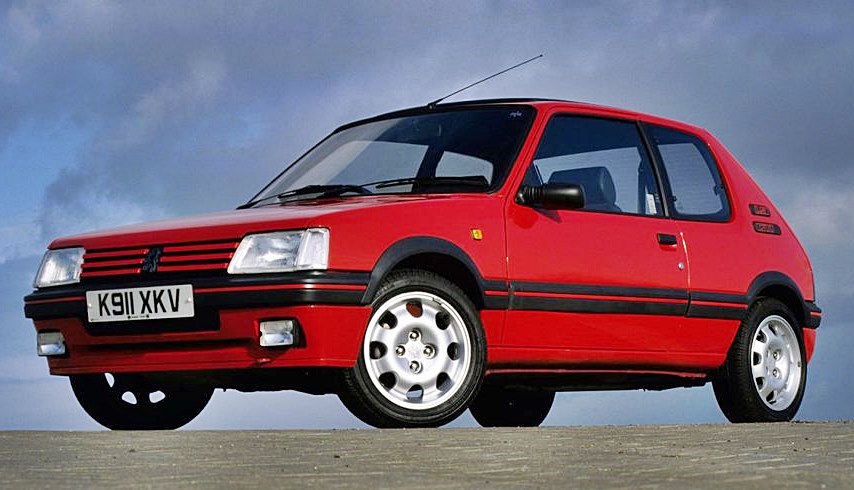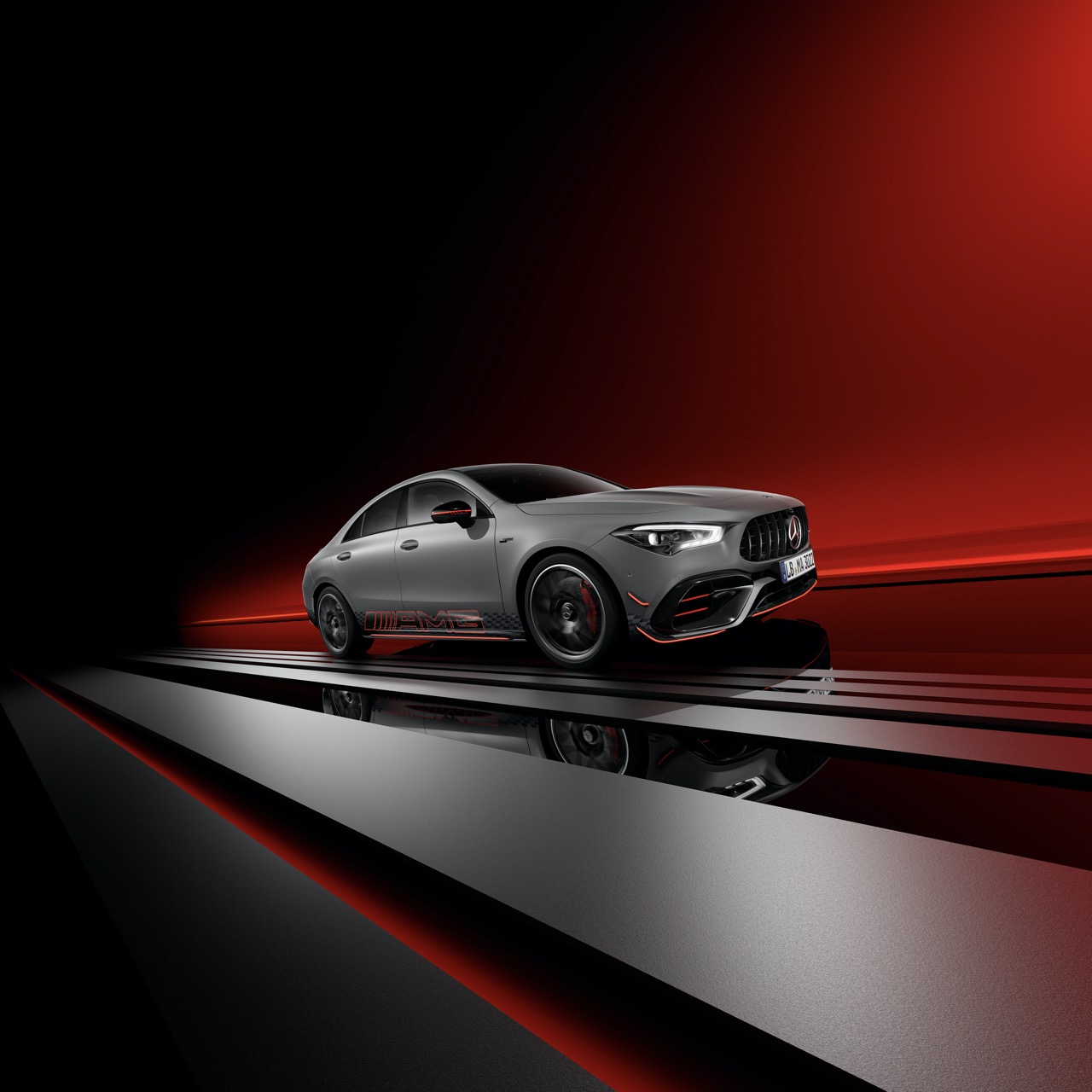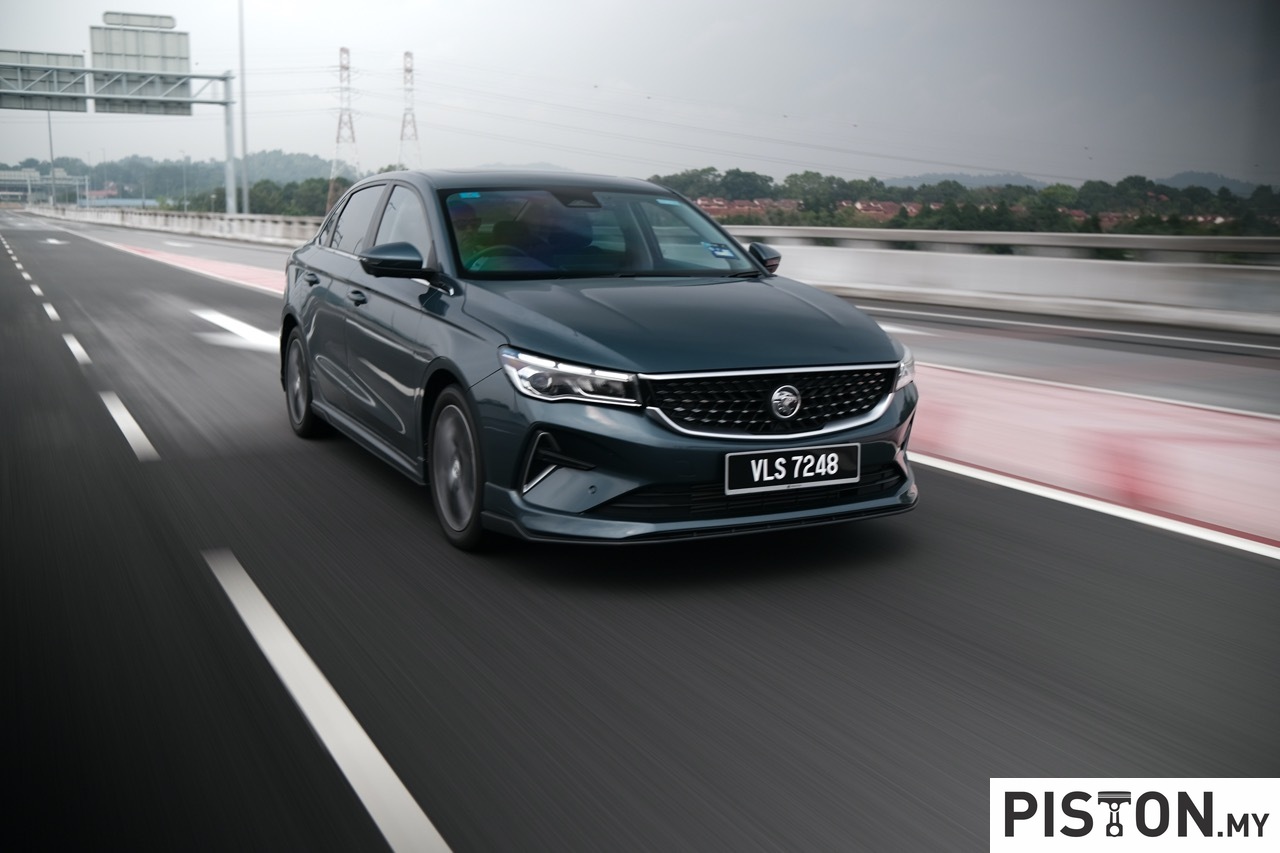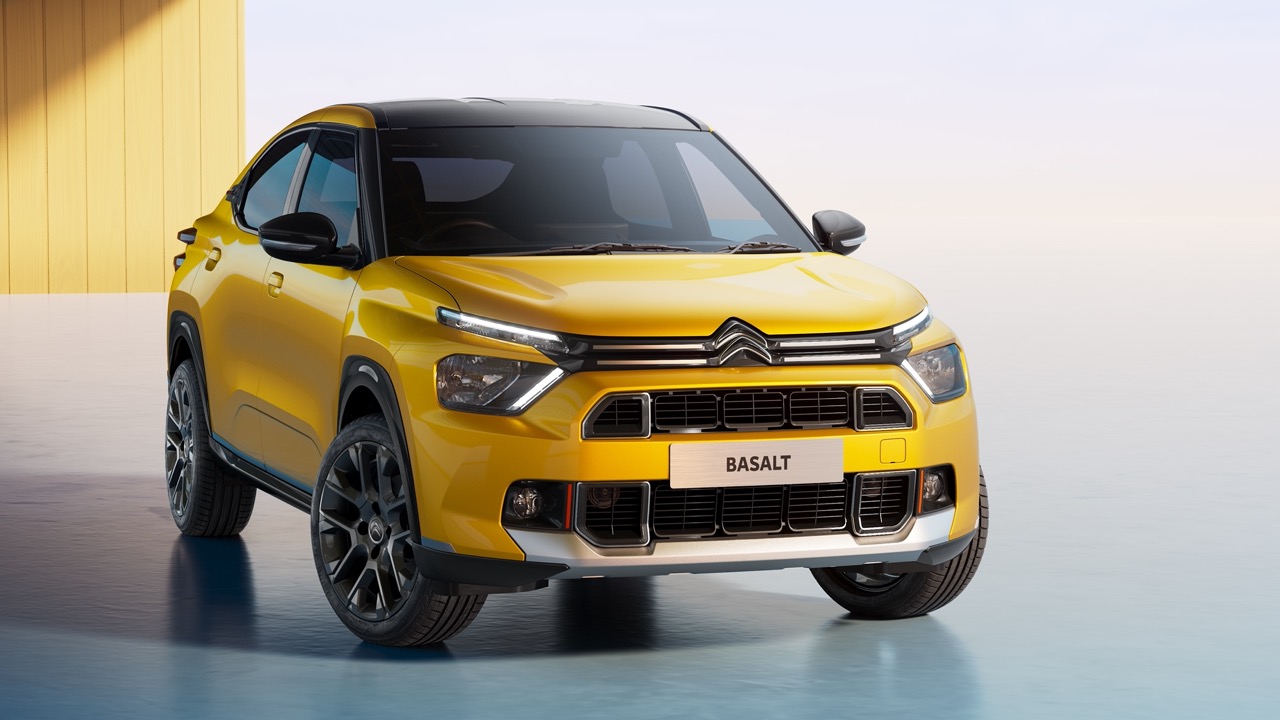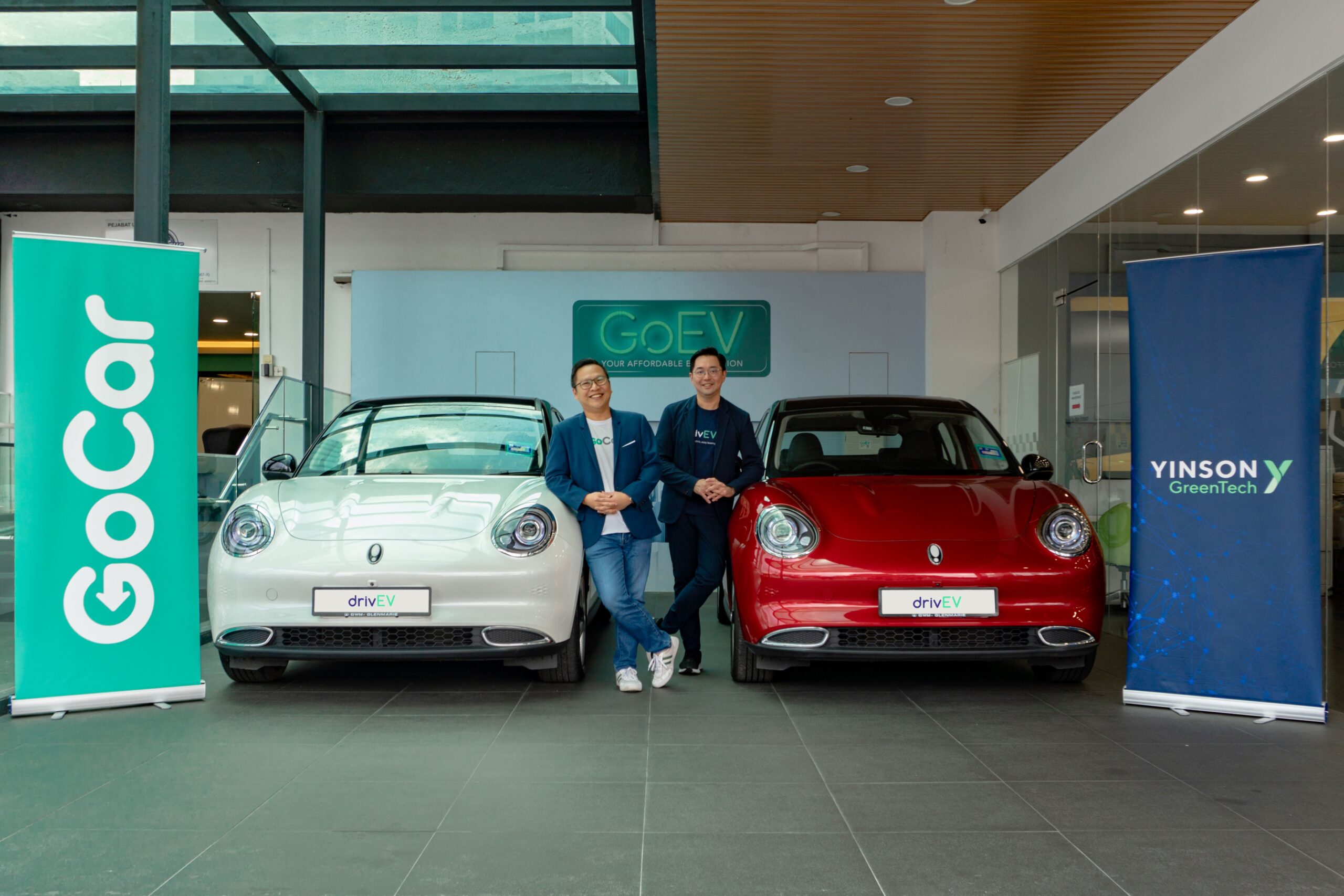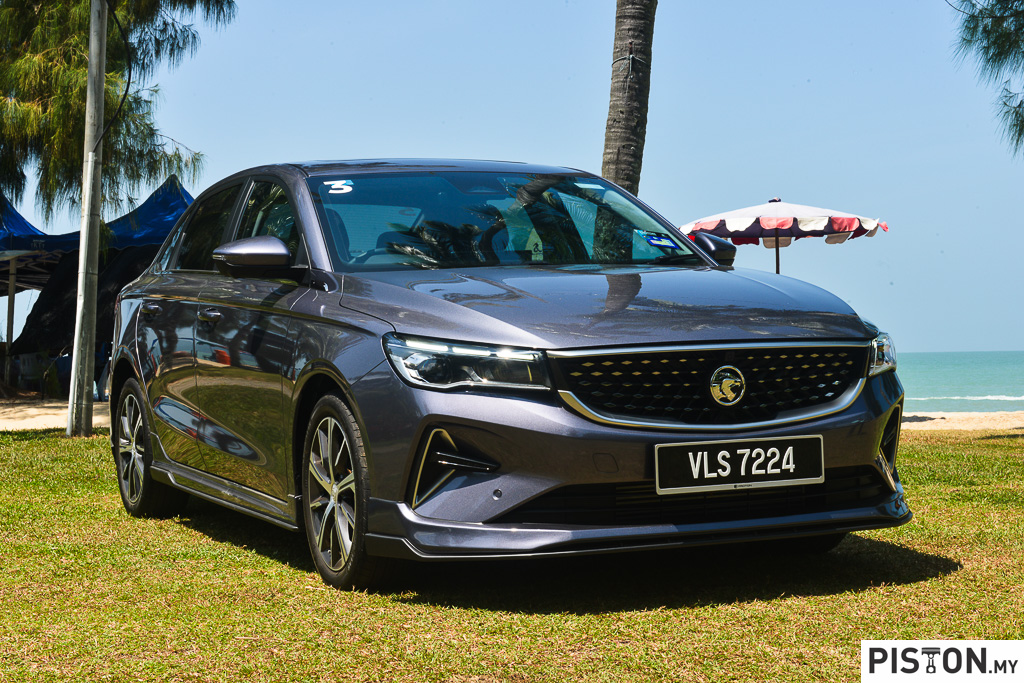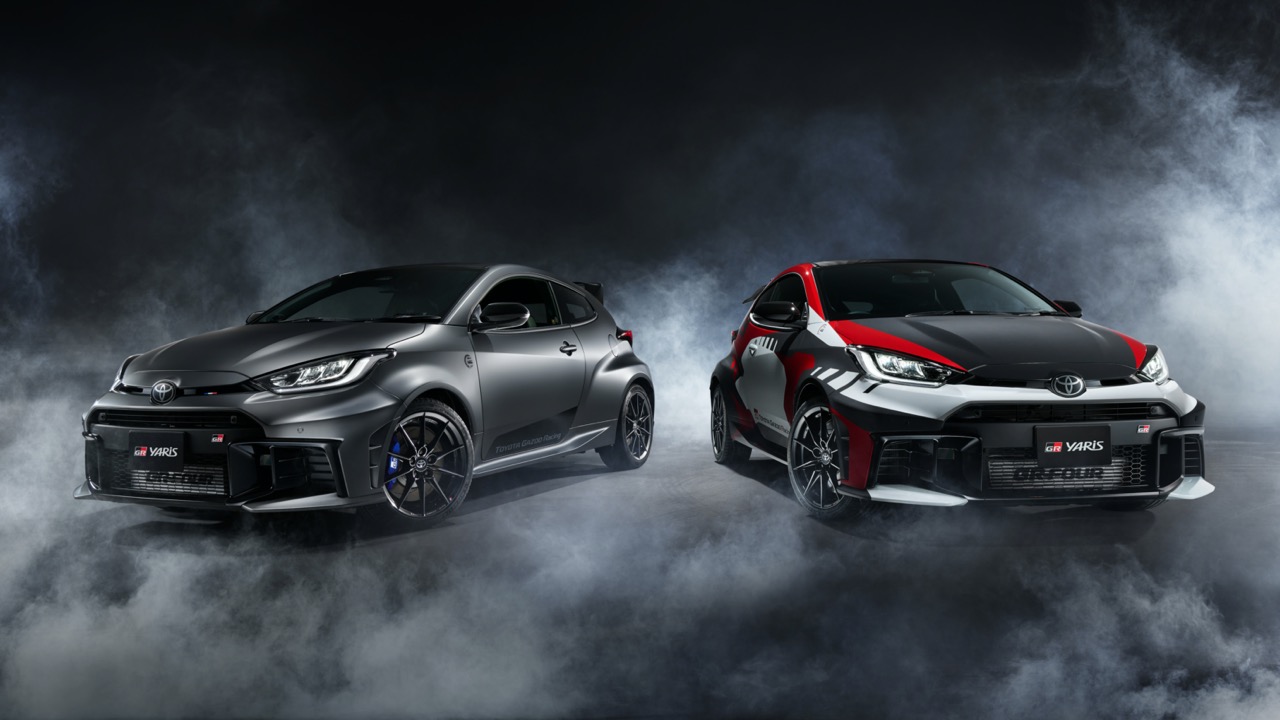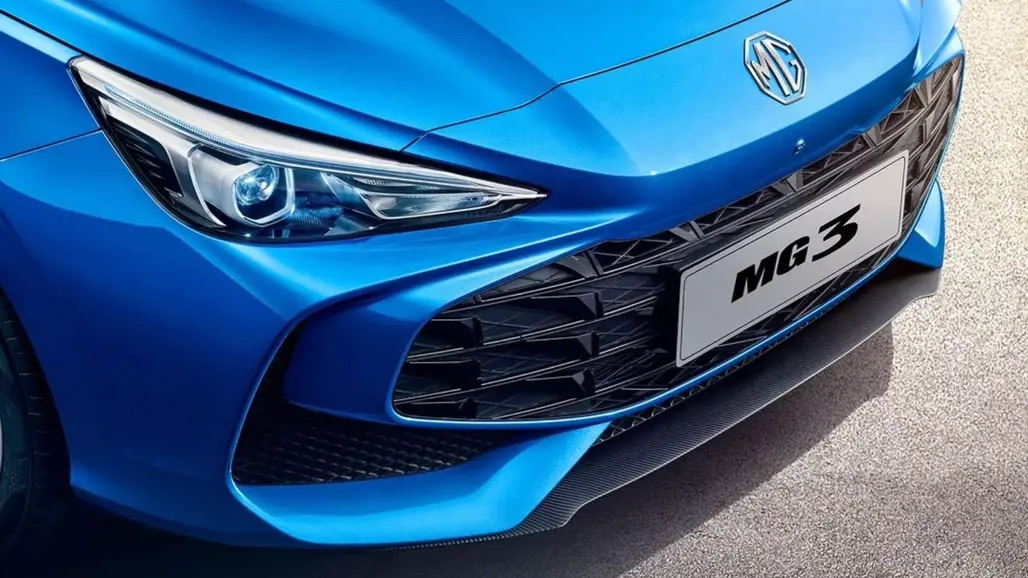In the mid-1970s, the arrival of the Volkswagen Golf GTI gave birth to what would come to be called ‘the hot hatch’. Though having the same appearance of the simple successor to the Beetle, the Golf GTI offered spirited, higher performance at an affordable price. Volkswagen thought they might sell 5,000 units but because it had entered the mainstream as well, the demand grew to 461,690 units by the time the first generation ended production.
The Golf GTI showed that the hatchback was not just for urban use but could also be a sporty car with driving dynamics enthusiasts would appreciate. The demand encouraged other carmakers to also start creating hotter variants of their bread and butter models and one of them was Peugeot, which came out with the 205 GTI.
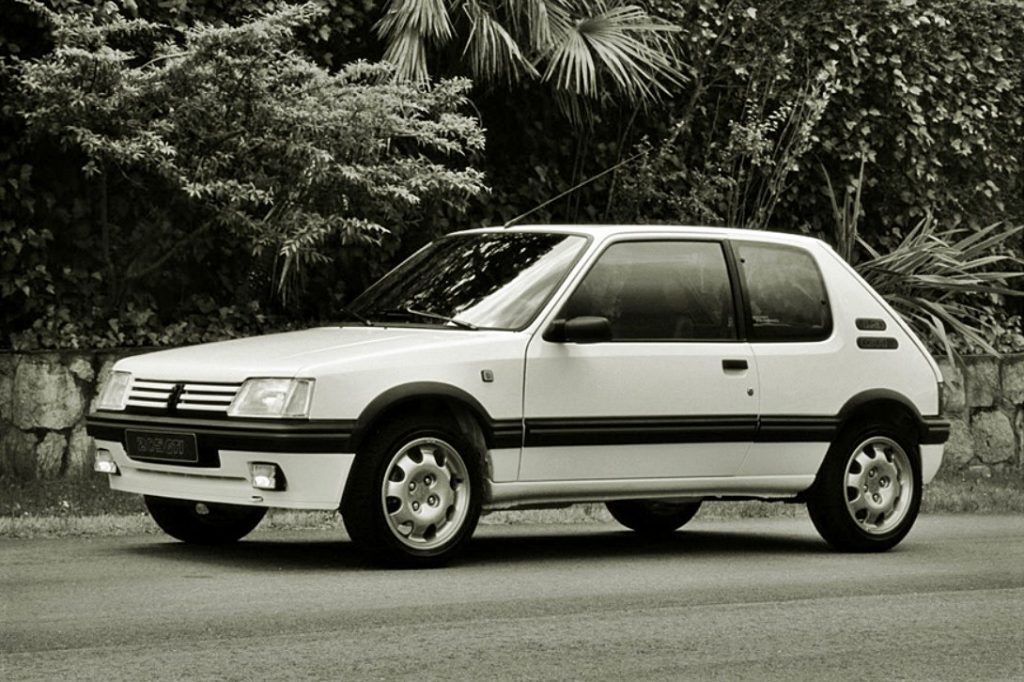
Launched almost 10 years after Volkswagen’s GTI, the 205 GTI helped to give the French brand prominence at a time when it was having difficulties. It was derived from a new model range launched in 1983 as a city car. Jean Boillot, a member of the board of directors at the end of the 1970s, had asked the product team for a new small car that would be much more than a city car.
His brief was challenging: it has to be versatile and multi-purpose, as comfortable in the city as on country roads, capable of transporting a small family, and also affordable. The car they came up with marked the entry of Peugeot into the modern era of compact cars.
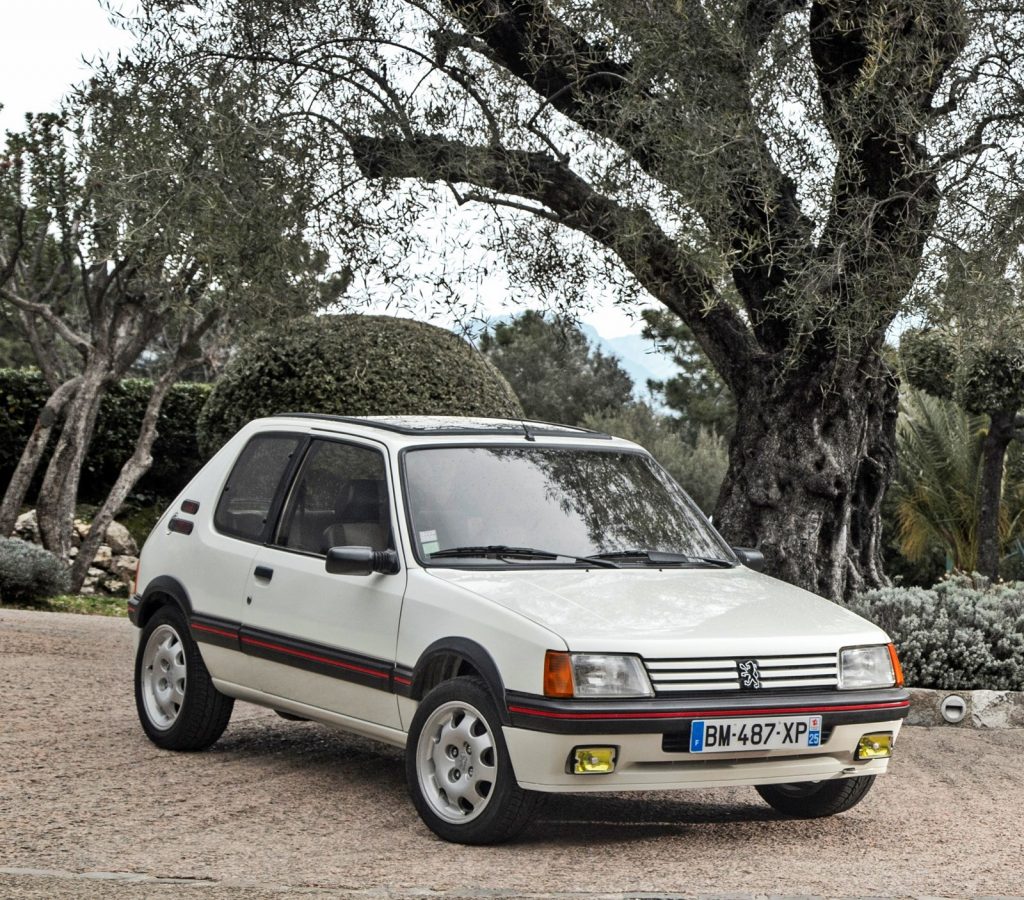
While most of the previous Peugeot models had been designed by Pininfarina, the 205 was the creation of the company’s own stylists. They came up with a new design language which would continue across to other models, with elements such as the grille with horizontal bars and the band between the rear lights. Pininfarina was not left out, though, and got to do the 205 Cabriolet.
With the hot hatch segment firmly entrenched in the market, the 205 was an ideal model to be Peugeot’s representative. It was the first model to be powered by the new family of XU engines which had outputs from 45 bhp to 200 bhp (used in the 205 Turbo 16).
In its initial version with a 1.6-litre engine producing 113 bhp, the 205 GTI, which weighed less than 900 kgs, could go from 0 to 100 km/h in under 9 seconds and reach a top speed of 187 km/h. Later on, a 1.9-litre engine provided even more muscle with 128 bhp/161 Nm to bring the 100 km/h sprint to 7.8 seconds and top speed past 200 km/h.
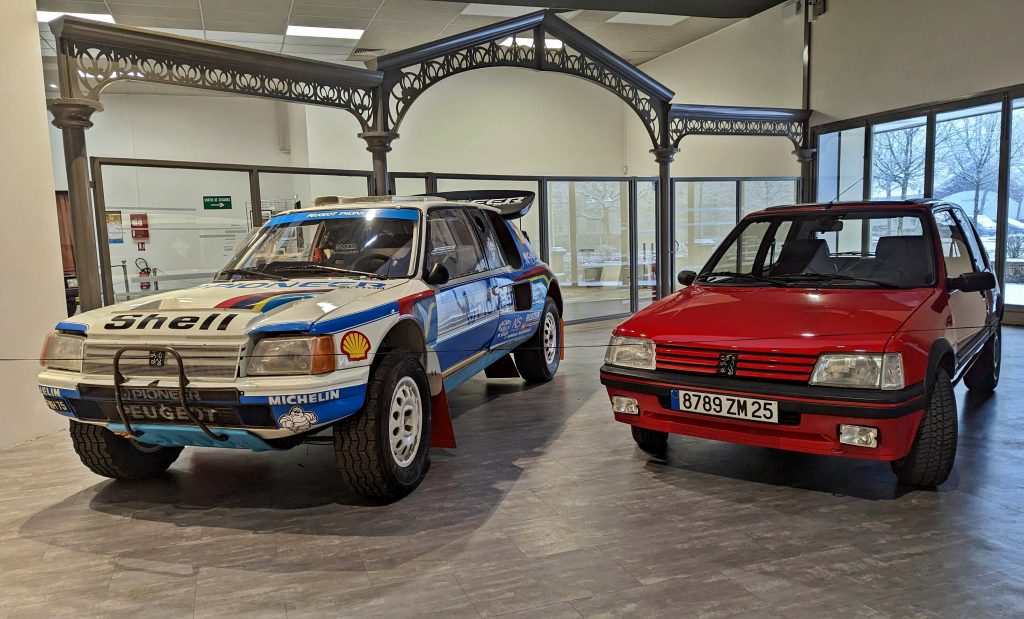
The launch of the 205 GTI did not only introduce a new model line but also a new World Rally Championship (WRC) contender from Peugeot. Corrado Provera, who was Peugeot Sport director in the 1980s, had also seen the 205 as being a good basis for its WRC car and had a Group B car developed almost simultaneously. He was able to have the car shown to the world alongside the production model at the launch.
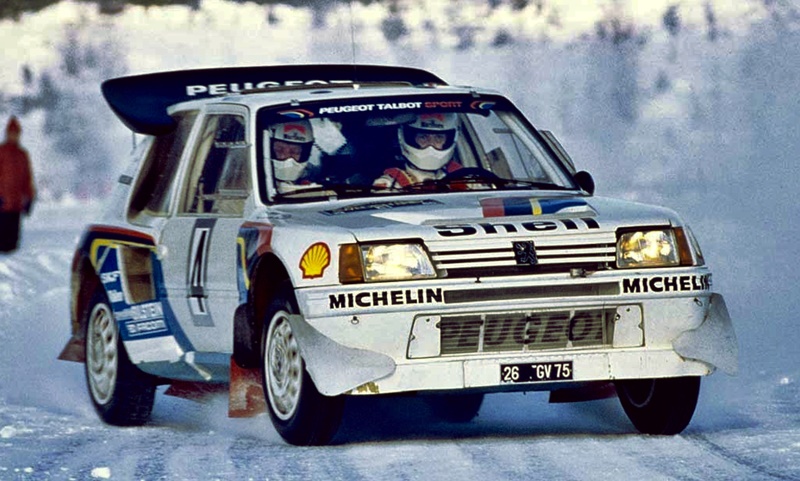
The Group B 205 Turbo 16, as it was known, was one of those incredible rallycars of that era which eventually got banned because they were just too powerful. In its first version, the turbocharged engine produced about 350 bhp and by the final version, the output was up to 550 bhp.
During this first season, Ari Vatanen won 3 rallies and in 1985 and 1986, the 205 Turbo 16 helped Peugeot win the Manufacturers title with Timo Salonen and Juha Kankkunen to take the drivers’ titles in 1985 and 1986, respectively.
When the Group B cars could no longer take part in the WRC after 1986, Peugeot Sport looked at other events to enter the car in. One of them was the Paris-Dakar Rally, which was won Vatanen, and then Kankkunen. The 205 T16 also joined the Group B Audi Quattro to race in the Pikes Peak International Hillclimb in 1987, providing another demonstration of its incredible performance.
The success of the WRC car did have a positive effect on sales of the 205, noted Provera. In Europe, where people follow motorsports closely, winning cars often see improved sales in the showrooms. With the appearance of the 205 T16 readily associated with the standard 205, many chose the 205 GTI which offered high performance.
Production of the 205 GTI lasted for almost 10 years, ending in 1993. 5,278,050 units of the 205 would be produced, with the GTI version accounting for more than 330,000 units. Although mention of ‘GTI’ often brings to mind the Golf GTI, there is no doubt that the 205 GTI is just as much a hot hatch icon and sets the pulse racing – just as it did 40 years ago.
Unfortunately, it was in existence at a time when the Peugeot brand was not well represented in Malaysia after Asia Motors stopped being the distributor, so few units were imported. By the time MBf-Peugeot took over in the early 1990s, other new Peugeot models like the 405 had come out and received more attention.


